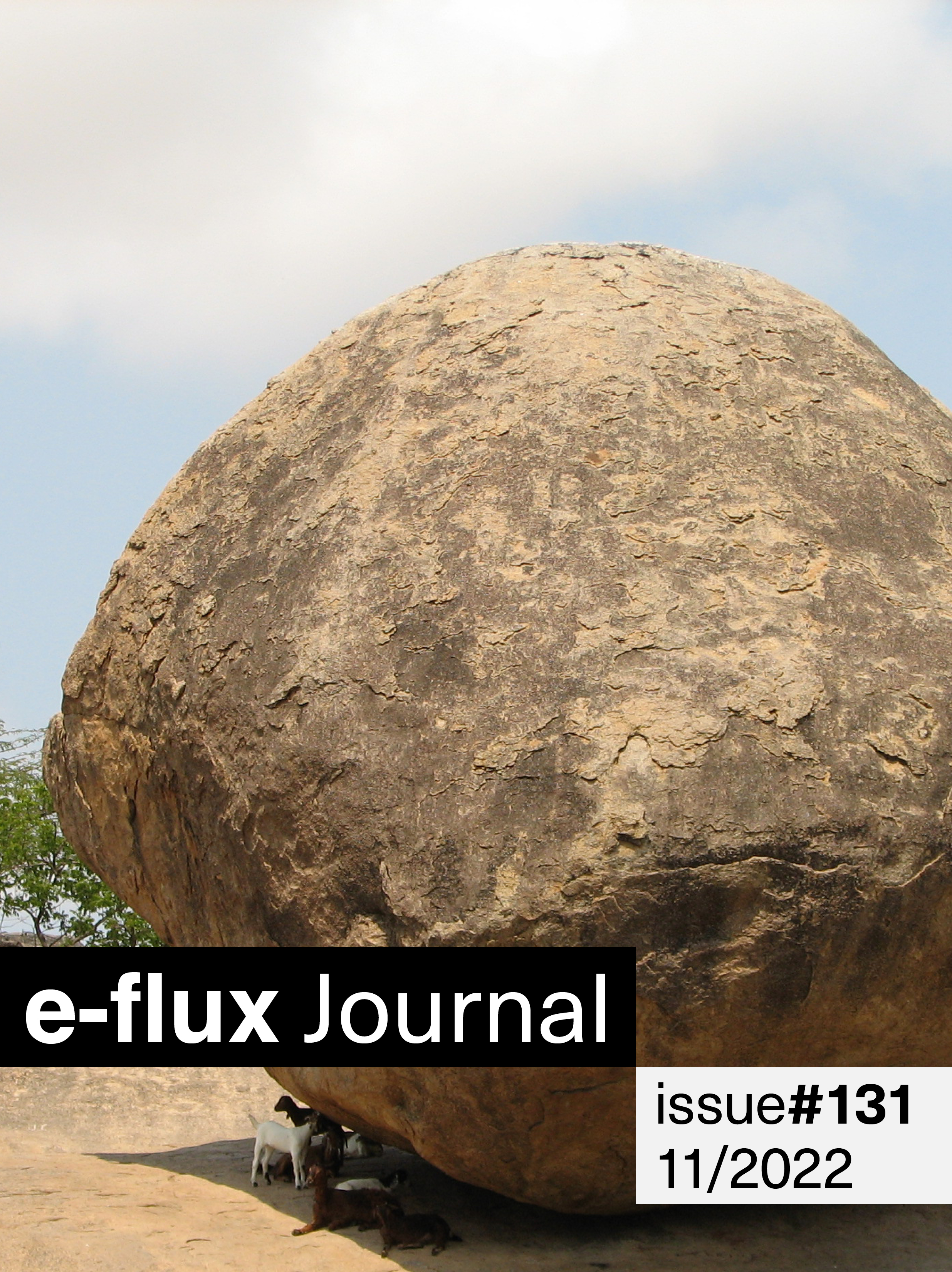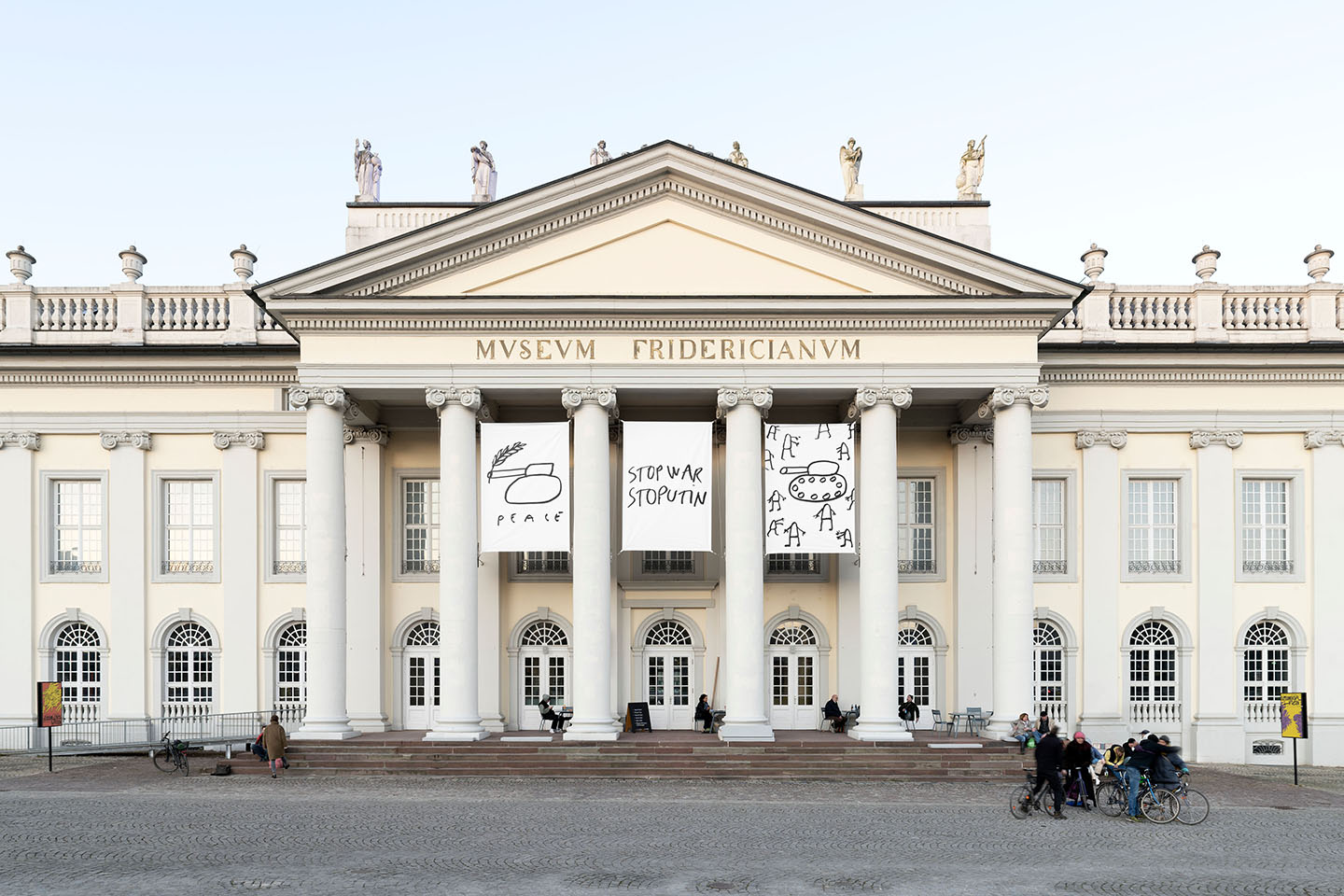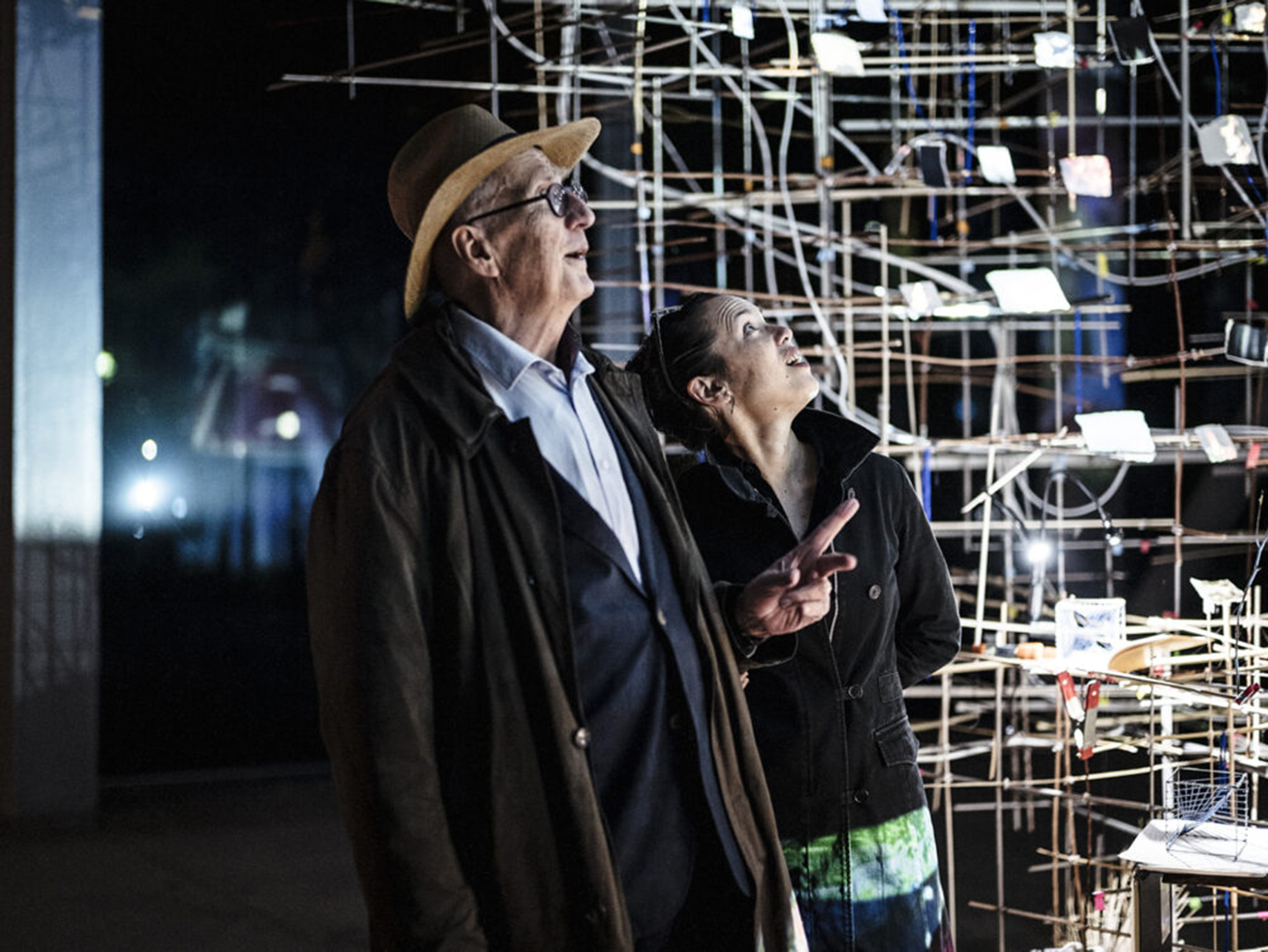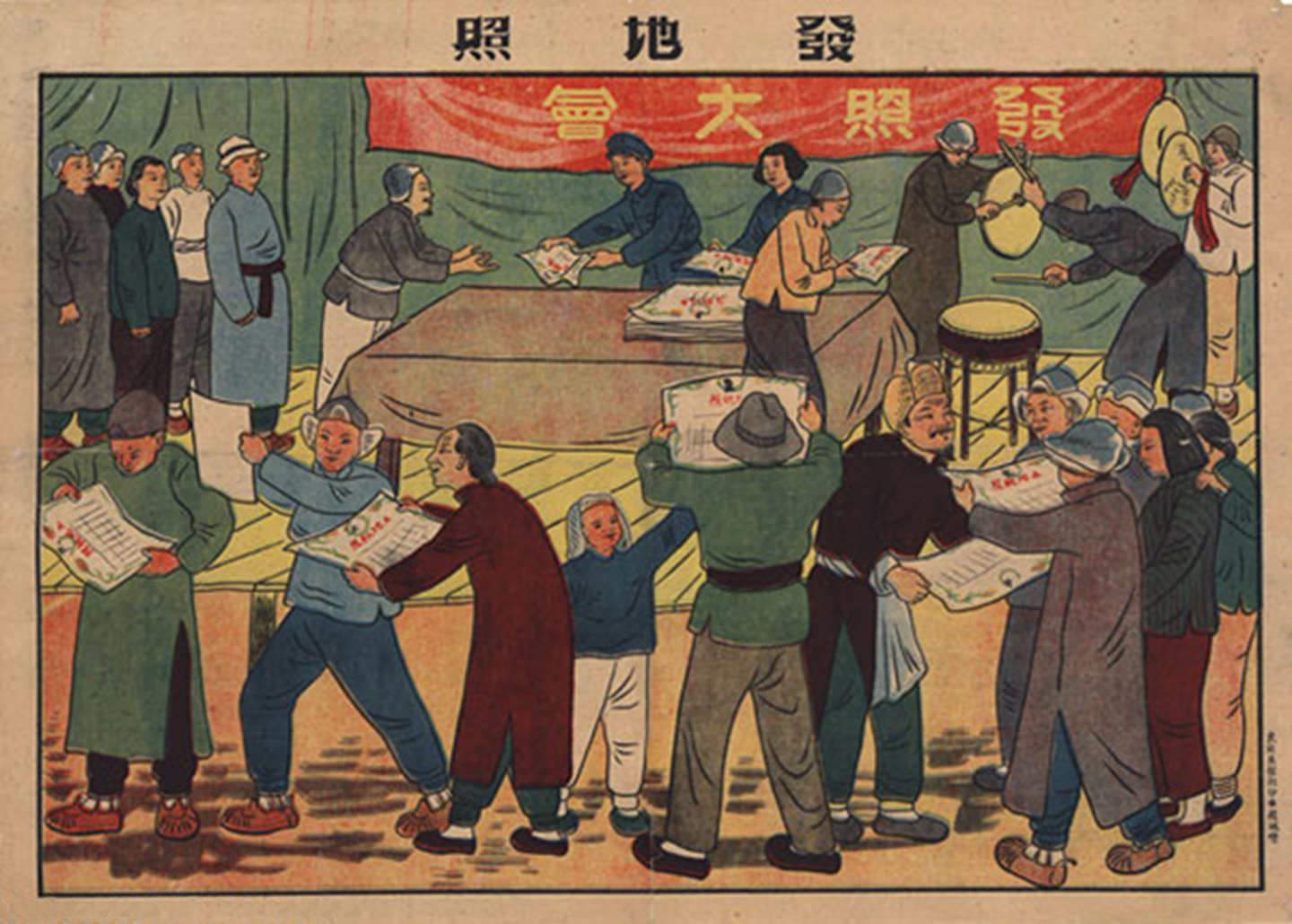Whether this documenta should be defended is not the question. The question is how it can be defended in a way that also allows for a constructive critique of the exhibition.
In this issue of e-flux journal, deep glances at the past hope to make sense of the present by diving into history’s original abysses and early promises. Mi You brings us a refreshingly constructive analysis of this year’s documenta fifteen, its curators, its intended organizational structure, and its audiences. Olga Olina, Hallie Ayres, and Anton Vidokle chart suppressed, banned, and otherwise disappeared languages in a resource that sprawls over geography and time from 1367 to today, showing an ongoing process of erasure and survival that corresponds with the rise of nation-states.
If these post-Fukushima struggles have a message for us now amid the Covid pandemic, it is that we can and must confront these planetary flows, like radioactivity or coronavirus, in our own lives. This means that we must wage our struggles for survival not as national citizens or residents, but as planetary inhabitants.
Introducing artworks to Bruno was a jubilant exercise, but also a risky one. Not finding the right way to describe the artwork’s sensitive displacements, the networks it unfolded, the affects it stimulated would mean immediately losing his attention, without any hope of return. On the other hand, if the work began to speak, Bruno would show visible pleasure in opening himself to a new experience, discovering previously undetectable aspects of the work, connecting it to unexpected references, and then expressing deep gratitude.
In times of civilizational crisis, people turn to the old stories for guidance. Religiosity surges. Nineteenth-century conspiracy theories (and older pseudoscience) get a new futurist gloss. Even the most secular politics are inflected with apocalyptic fervor. Hollywood, in this respect, is only human. Responding to the unrest among its audience, the big studios are quick to reheat popular franchises that fit the current strain of anxiety.
According to the ministry’s description, the colony was designed “not only for therapeutic goals, but also for those of education and propaganda.” It had to be “welcoming and reassuring in order to leave an indelible trace in the mind of the Italian youth” and create fascist political consensus.
Some controversy emerges from amid the internality/transcendence dialectic. Precisely due to this unconscious realm, both artist and framework have the space to extend their own internality, activate their own vitality, and even deny their own staleness (陈腐) in order to open an orientation toward the future.
Collective learning and the creation of decolonial methodologies against slow violence, extraction, and forced eviction/migration leads to pedagogies of the commons. Following an okra plant through narratives, infrastructures, forgotten languages, and entangled exiles is not a metaphor.
Linguists calculate that at the current speed, almost half of the world’s 7,151 languages will disappear before the end of this century. This timeline is an incomplete account of language politics in many parts of the world, starting roughly from the beginning of nation-states.








